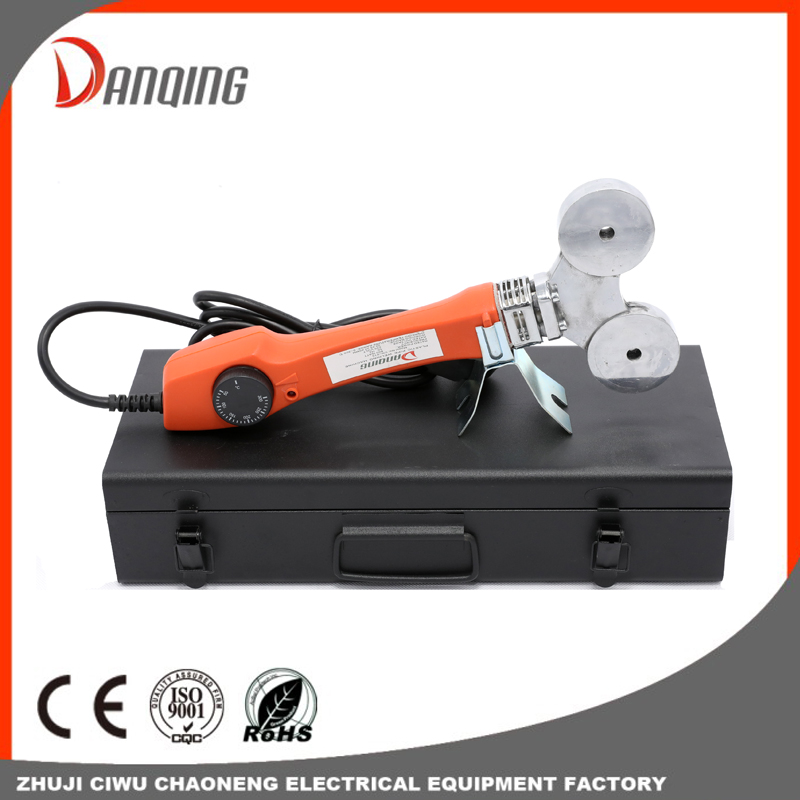Difference between electric welding machine and spot welding machine
The difference between electric welding machine and spo […]
The difference between electric welding machine and spot welding machine:
The electric welding machine uses the high-temperature arc generated when the positive and negative poles are short-circuited instantaneously to melt the solder and the material to be welded on the electrode, and the purpose of combining the objects to be contacted. Its structure is very simple, it is a high-power transformer. Electric welding machines can generally be divided into two types according to the output power source, one is AC power and the other is DC.
Advantages of electric welding machine: electric welding machine uses electric energy to convert electric energy into heat energy instantly. Electricity is very common. Electric welding machine is suitable for working in a dry environment without too many requirements. Because of its compact size, simple operation, convenient use and fast speed , After welding, the advantages of strong welding seam are widely used in various fields, especially for parts requiring high strength.
Disadvantages of electric welding machine: During the use of electric welding machine, a certain magnetic field will be generated around the welding machine. When the arc burns, radiation will be generated to the surroundings. There are light species such as infrared rays and ultraviolet rays in the arc, and harmful substances such as metal vapor and smoke. Therefore, adequate protective measures must be taken during operation. Welding is not suitable for high-carbon steel welding. Due to the processes of crystallization, segregation and oxidation of weld metal, the welding performance of high-carbon steel is poor, and it is easy to crack after welding, resulting in hot and cold cracks.
The spot welding machine adopts the principle of double-sided double-point overcurrent welding. When working, two electrodes press the workpiece so that the two layers of metal form a certain contact resistance under the pressure of the two electrodes, and the welding current flows from one electrode to the other electrode When the two contact resistance points form an instantaneous thermal welding, and the welding current flows from the other electrode along the two workpieces to this electrode to form a loop, and will not damage the internal structure of the welded workpiece.
The process of spot welding is to open the cooling water; clean the surface of the weldment, and after the assembly is accurate, send it between the upper and lower electrodes, apply pressure to make it contact well; electrify the contact surface of the two workpieces to heat and partially melt, forming Nugget; maintain the pressure after the power is off, so that the nugget is cooled and solidified under pressure to form a solder joint; the pressure is removed and the workpiece is taken out. Spot welding process parameters such as welding current, electrode pressure, energizing time and electrode working surface size have a significant impact on welding quality.


